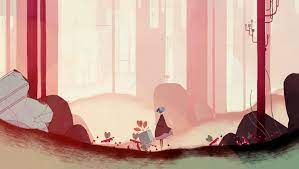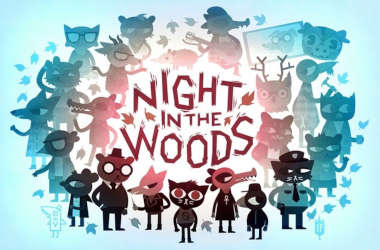Gris
Players follow the life of a young girl who is recovering from a devastating personal loss. The antagonist of the game is a black and formless creature that changes as the game progresses. The dark form represents depression and grief while indirectly commenting on how these emotions can appear unannounced at any time during a person’s personal healing journey. As players progress, they will help the girl to survive the dark creature while noticing allusions grief and healing along the way.
Florence
This game does not pose a great challenge to the player, but it does curate a relaxing space with an immersive and beautiful storyline. The game follows a young couple as they travel, live, love, and then eventually part ways. The storyline is relatable in that it discusses heartbreak and the empowering but difficult process of finding yourself after a relationship comes to an end.
Night in the Woods
Mae, a 20-year-old young adult, returns to her parents home town after dropping out of college. As you play along with Mae you will notice as she struggled with feelings of disorientation, loss, and purposelessness. Players hold an interesting perspective as Mae can be difficult to understand and even control at times, further signifying her struggles with health and well-being. As the story progresses, the player must understand Mae to eventually help her, but this only comes after understanding the dissociation that Mae is experiencing. All of this is a simulation of the world that many people with depression and anxiety experience. Although it may seem like very little is happening, the player observes how Mae makes meaning, becomes avoidant, and disillusioned by their life.


